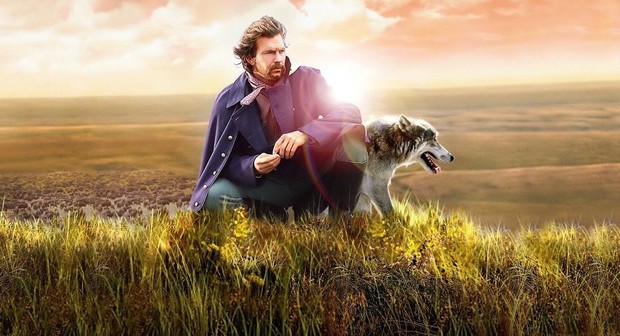Dances with Wolves – A Landmark Western That Revitalized a Genre
Kevin Costner’s 1990 epic Dances with Wolves is widely considered a defining moment in the modern Western film genre. In his directorial debut, Costner also stars as Lieutenant John J. Dunbar, a disillusioned Union soldier from the Civil War who requests a remote post on the American frontier. Initially seeking solitude, Dunbar finds himself gradually immersed in the world of the Lakota Sioux, leading to a powerful transformation that challenges his identity, loyalty, and understanding of civilization.
The story unfolds with patience and emotional nuance. Upon arriving at the desolate Fort Sedgwick, Dunbar is struck by the emptiness of the land and begins to keep a journal documenting his experiences. His encounters with nearby Sioux tribes start off cautiously but evolve into mutual trust. Through quiet persistence and cultural curiosity, Dunbar is eventually accepted into the tribe and given the name “Dances with Wolves.” His romance with Stands with a Fist, a white woman raised by the Lakota, further deepens his ties to the community.

One of the film’s most remarkable achievements is its commitment to authenticity. Much of the dialogue is spoken in the Lakota language, with subtitles provided, and many Native American characters are portrayed by Indigenous actors. The cinematography captures the sweeping beauty of the American plains, from thunderous buffalo hunts to tranquil sunsets over the prairie. The score by John Barry adds a lyrical, emotional layer that elevates the visual storytelling.
Dances with Wolves was both a critical and commercial success. It grossed over $400 million worldwide, an impressive figure for a three-hour Western at the time. It went on to win seven Academy Awards, including Best Picture, Best Director for Costner, Best Adapted Screenplay, and Best Original Score. The film also earned nominations for its acting, cinematography, and sound, cementing its status as a cinematic milestone.
However, the film has not been without its critics. Some have labeled it as an example of the "white savior" narrative, wherein a white protagonist becomes the central hero in a story deeply rooted in Indigenous culture. While the film makes a sincere effort to portray Native American life with respect and depth, the criticism points to the limitations of representation within Hollywood storytelling structures.
Despite the controversy, the legacy of Dances with Wolves is one of revival and respect. It reignited public interest in Westerns, inspired a wave of more culturally sensitive period dramas, and opened the door for Indigenous voices to gain greater prominence in film. The movie was also selected for preservation in the United States National Film Registry for its cultural and historical significance.
Today, Dances with Wolves stands as more than just a film—it’s a poetic exploration of identity, belonging, and the collision between two vastly different worlds. Through the eyes of John Dunbar, audiences are invited to witness the beauty and tragedy of a fading frontier and the enduring spirit of a people often marginalized in mainstream cinema. It remains a powerful, sweeping tale of transformation set against the unforgiving beauty of the American West.



